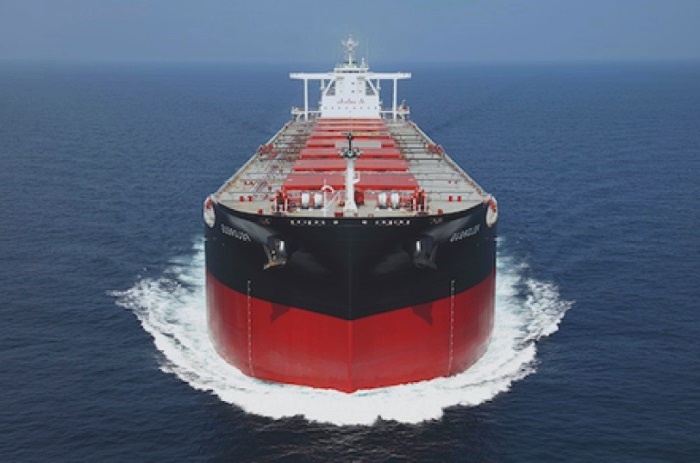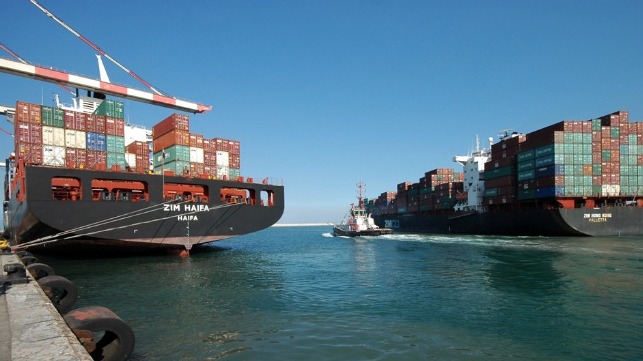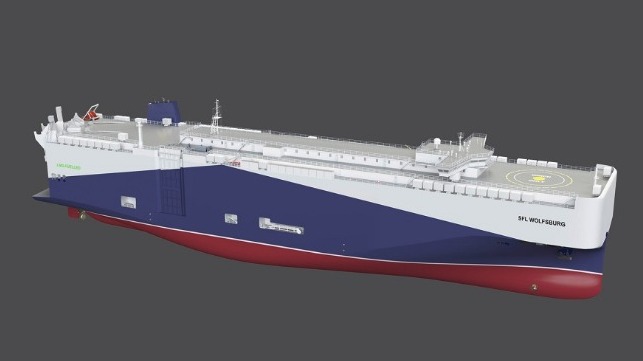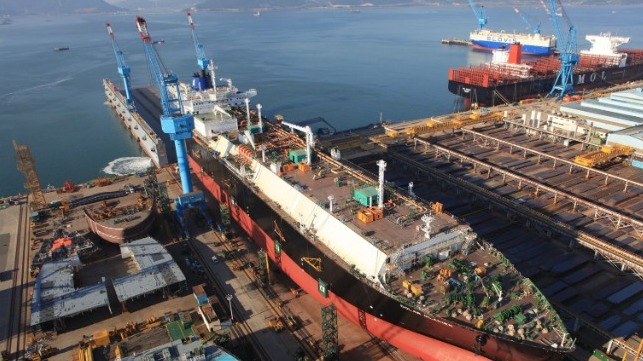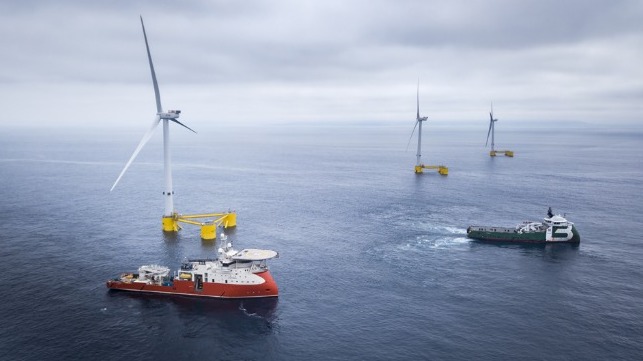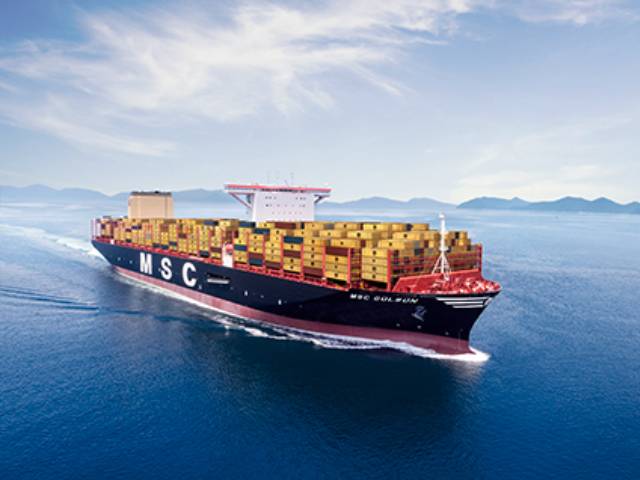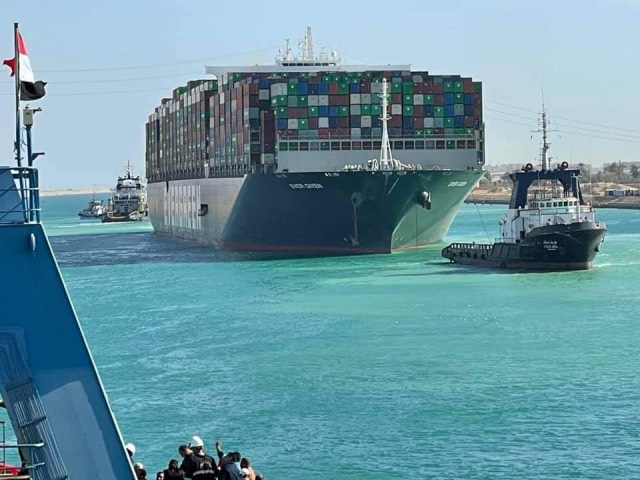In its latest weekly report, shipbroker Allied Shipbroking said that “undoubtedly, we are amidst one of the best rallies seen for many years now in the dry bulk sector, with many market participants already anticipating a similar trend to take place during the 2nd half of the year. Both market sentiment and various momentum metrics support the idea of a “strong” trajectory in shipping market. However, under the current tail-risk regime, all this cannot be taken for granted.
According to Allied’s Research Analyst, Mr. Thomas Chasapis, “the recent spikes of the COVID-19 Delta variant spread have quickly reminded us that the recent postpandemic recovery is still very fragile and at risk of any negative developments. Moreover, the fear of rising inflation can easily shift the monetary mechanisms and transfer the pressure onto global economic growth (and as a result in trade). On the dry bulk sector, throughout the 1st half of this year, the spot freight market has been the barometer for the current abundant bullish sentiment. The steep upward track in many core indicators is but a mere reflection of a hefty recovery from the side of earnings. A robust and fundamental change in the supply/demand dynamic took place which has been the driver to this and not some exaggerated kneejerk movement with over-speculative and over-enthusiastic plays that the shipping markets are so prone to”.
Chasapis added that “on the other hand, we could say that there is seemingly a sense of “conservatism”, partially at least. Given the current spot/period TC numbers, while taking into considerations the current ease of access to finance and SnP market liquidity, asset price levels are somehow still lagging their respective freight figures. This, of course can have multiple interpretations. We may assume that this type of conservatism can help overall stability, with the idea of less exposure to potential market shifts and overshooting what the market will do over the next couple of months. However, lagging prices can result in higher price jumps in intermittent periods which could inevitably be a source of instability”.
Allied’s analyst adds that “getting back to the spot market, while measuring the recovery from a different angle, we have mentioned in many different situations in the past that the average figures can be somehow misleading and “skew” perceptions. This is because a periodical strong market can boost average returns, but it has not been taken into consideration that this periodical trend can be narrowed to only a fraction of the fleet and involves those market participants of a given size that have part of their fleet open and can afford taking risks and speculate in any potential market shifts. That is the difficult part of having a homogeneous sentiment over all parties involved of various types of units and fleet profiles”.
“That is a key step forward that has been made in the dry bulk sector, especially for medium to smaller sizes. In the Panamax, Supramax and Handysize units, looking at the dispersion of freight rates on a year-to-date basis, almost 75% of the values for all these size segments are above the highest figures noted respectively in at least a 3-year comparison. A good market for everyone then. All-in-all, the upcoming months will be very interesting. The recent trends in period TC rates and FFA contracts have built a strong optimism for the market. If we are not about to see any further excessive peak numbers, we will probably remain on a “good” track. That is why, we should not be in hurry to take seasonality pattern assumptions of recent years as a direct link, as we are in a different market regime. Finally, even in a relatively “stagnant” freight market, the upward pressure will theoretically continue on asset prices until they reach be on par with the respective buying appetite”, Chasapis concluded.
Nikos Roussanoglou, Hellenic Shipping News Worldwide
SOURCE READ THE FULL ARTICLE
https://www.hellenicshippingnews.com/optimism-takes-center-stage-in-the-dry-bulk-market/


